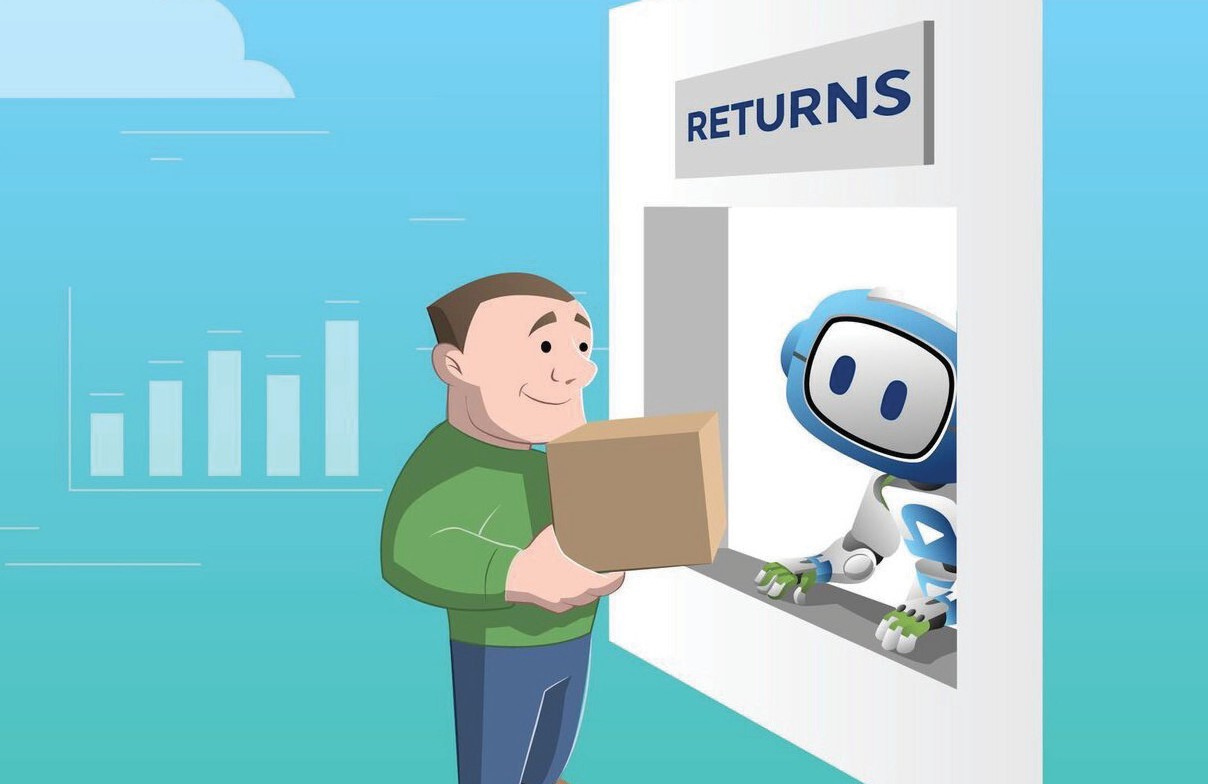Reverse logistics is a form of returns management. It tracks products from point of return by the customer and manages where they end up. Once returned, they can be resold, repaired, refurbished, recycled or simply scrapped. The cost of reverse logistics might seem prohibitive, but the money that businesses can save or recover from activities such as ‘re-commerce’ and employing effective returns management more than makes up for the initial cost.
Reverse logistics has a direct impact on profit margins. As sales grow, companies can see margins eroded by the cost of managing the accompanying increase in returns. By employing a returns management strategy, businesses can recoup some of that money.
Many retailers and manufacturers choose to use a third-party logistics (3PL) provider to increase their reverse logistics profit margin. Relying on such a service can streamline the process, save money over managing returns in-house and free up resources so that companies can focus on other areas of the business.
Retailers and business-to-business companies typically deal with high processing costs for handling returns. Expenses are incurred by the need to assess returned goods for damage, repack and send the items to another location for resale and refurbish products, resulting in a loss of resale value. In some industries, recycling can be a costly and time-consuming process that requires companies to follow strict safety regulations to ensure items are disposed of properly. Certain products that can’t be resold end up in landfills.
Many companies are unaware of the true cost of product returns. Even if they collect data on returns, they lack the means to analyse it, and spend little time assessing the role of returns in the supply chain. Instead, they focus on sales growth, leaving them with little visibility into potential revenue losses. Having products tied up in the warehouse can severely impact a company’s cash flow and expose credit issues. An inefficient returns process can also affect the quality of customer interactions, costing future sales if customers are left unsatisfied and don’t continue to make purchases.
Reverse-logistics software automates the process of identifying the path for returned products that will generate the highest cost recovery. From the time the customer starts the returns process, the software can use machine learning to analyse products, returns rules and sales demand. It can be tailored to the unique needs of the business to meet specific challenges.
Advantages of reverse logistics software include:
- All-in-one returns management portal.
- Automatic returns tracking.
- Cloud-based technology for easy access and sharing.
- Visibility into reasons for returns.
- Data insights to help manage future returns.
- Forecasting data.
- Increased brand credibility and customer retention.

.jpg)


